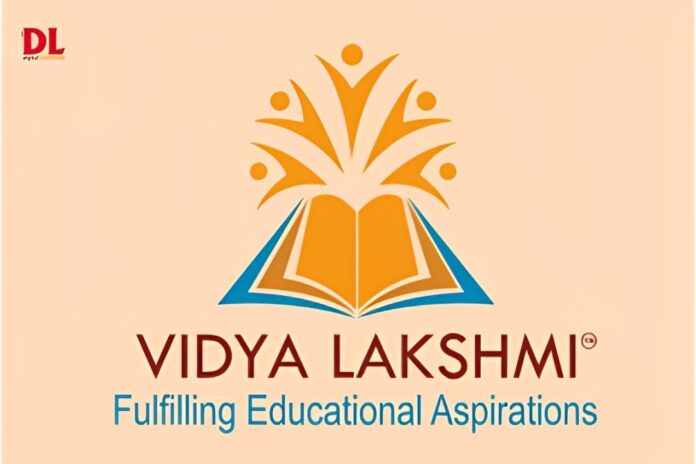
The union government has allocated ₹3,600 Crore for PM Vidyalaxmi, a collateral-free and guarantor-free education loan scheme for economically weaker meritorious students. For the period from 2024-25 to 2030- 31, the Ministry of Education will provide 3% interest subvention on loans up to ₹10 lakhs for those students with annual family income up to ₹8 lakh. Up to one lakh fresh students not getting any other scholarship or interest subvention on education loan will get this interest subvention.
In case number of fresh applicants for availing the benefit of interest subvention exceeds one lakh, all India slots will be distributed across States based on population to ensure equitable inter-state representation, which translates to 10,302 slots for Bihar and 3,428 for Andhra Pradesh. The Union Minister of State for Education, Sukanta Majumdar gave these details in reply to a question in the Lok Sabha asked by Lavu Sri Krishna Devarayalu and G.M. Harish Balayogi (both from Telugu Desham Party) and Dinesh Chandra Yadav (a Janata Dal United member).
Launched on Nov 6, 2024, the main objective of the PM Vidyalaxmi is to ensure that no student is denied the opportunity to pursue higher education due to financial constraints. Under the scheme, a collateral-free and guarantor-free education loan is provided to all students, including students of Bihar and Andhra Pradesh, who get merit-based admission in top Quality Higher Education Institutions (QHEIs) and who desire to avail the education loan. All the OBCs/SCs/STs, male and female students getting merit based admission in the QHEIs for degree/ diploma programmes can avail this benefit.
Also Read: 10,000 Marathi women to be trained in AI: Maharashtra Budget 2025 points in education
The QHEIs selected under this scheme include higher education institutions in top 100 rank in the overall/ category-specific and/or domain specific rankings in latest list of NIRF; plus top 200 ranked HEIs under the governance of state/UTs governments in the latest list of NIRF; plus all remaining HEIs under the governance of Government of India.


















